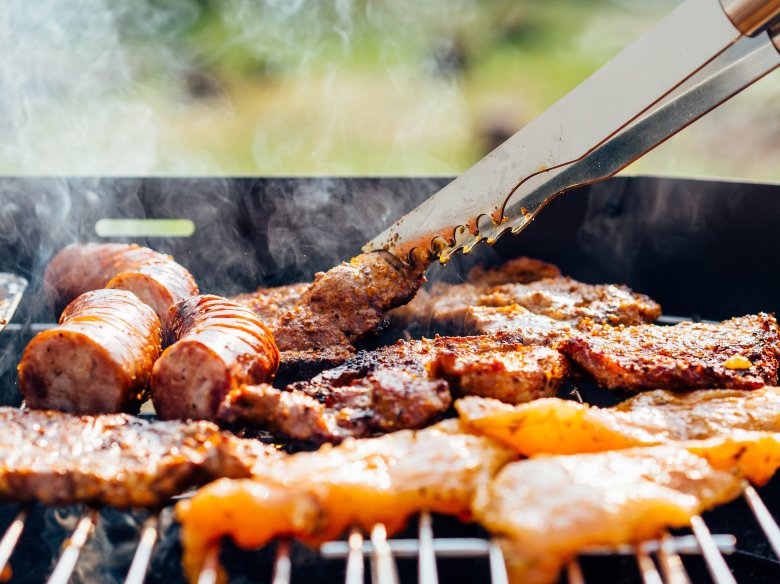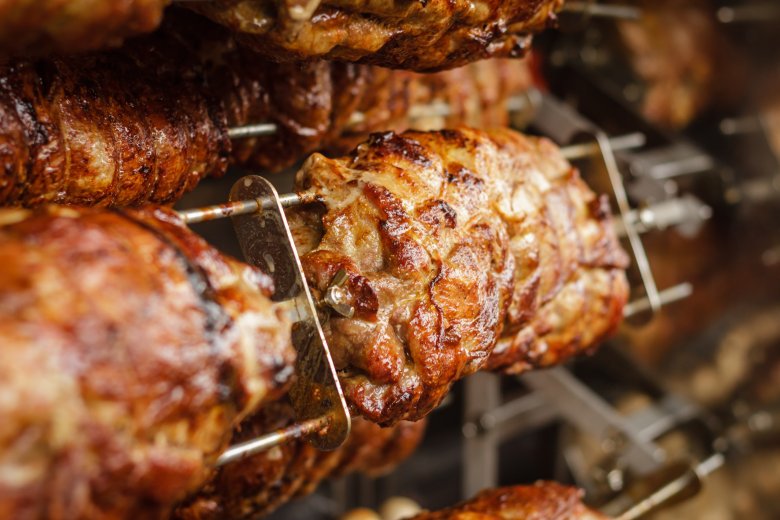- November 5, 2025

People have different culinary preferences - some love cooked things, others enjoy the most in grilled dishes, and still others may love fried dishes. However, the frying process itself is generally considered unhealthy - all the more so if the wrong type of fat is chosen, which will lead to the formation of many compounds that are harmful to health.
What fat to choose to reduce this risk? Can frying be made healthier?
Frying - definition of the process
Frying is a heat treatment process, which consists in gradual heating of a product in a temperature range oscillating around 150-200 degrees Celsius. Everything takes place in a fat environment, and during the process, the taste, smell and appearance of the product changes for the better. After proper heating, the dish becomes ready to eat - although it did not have to be fit for this purpose before, because we can fry both vegetables and, for example, meat.
Fat - healthy or unhealthy?
Most people, when asked for their opinion about fat, will answer on the spot that it is not healthy. Almost everyone associates fat with obesity, with the need to switch to a diet for weight loss, with atherosclerosis and heart disease - in a word, with everything that is worst. Fortunately, there is a growing awareness that some fats are healthier than others - so you can't avoid fat at all, but you have to choose the right one. But does our knowledge of healthy fats apply in the kitchen?
Fatty acids are divided into 2 types - saturated and unsaturated, with the latter in turn divided into monounsaturated and polyunsaturated. It's become accustomed to thinking that saturated fats are unhealthy, so don't use them all the more for frying! It turns out, however, that this is wrong thinking! Frying in both saturated and unsaturated fats results in unfavourable changes, but it seems that unsaturated fats are much worse! First of all because the saturated fat has a constant consistency and is more thermally stable.

Unsaturated are more liquid, less stable, and as fatty acid seeks to replace the missing atom with the most available oxygen, harmful free radicals result. They are responsible for both the acceleration of cell aging and for adverse changes in cells, such as cancer.
Unsaturated fatty acids can become rancid under the influence of many different factors - for example, improper or too long storage - and as a result can be harmful to the body. Similarly, too much omega-6 in relation to omega-3 can lead to cancer. Although saturated fats are notorious, an unspoken meta-analysis of more than 200,000 people, for example, has not found a link between their consumption and the risk of developing heart disease.
These saturated fats are better suited for frying. Above all, it is harmful for people to use, burnt fat which interacts with the ingredients contained in fried products. And this fat - not every possible fat - should be avoided.